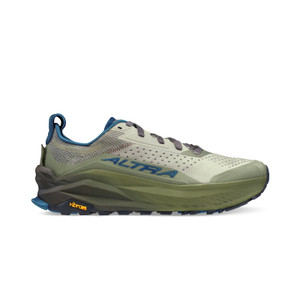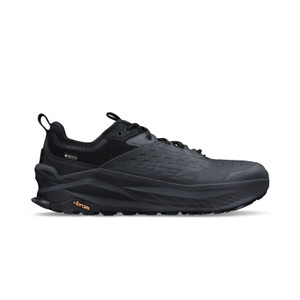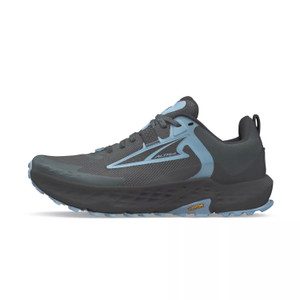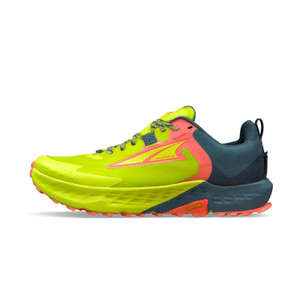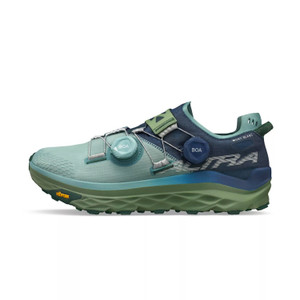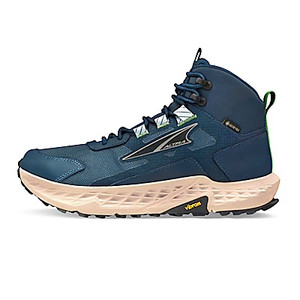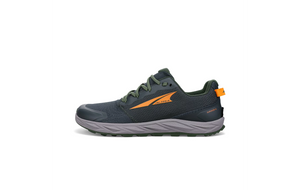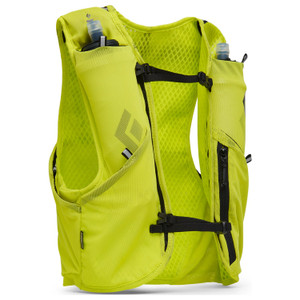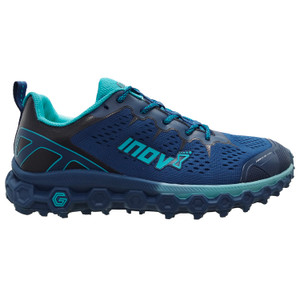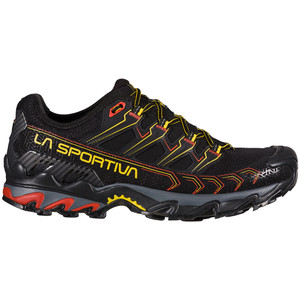
Trail Running
Trail running is a type of running that takes place on natural, off-road surfaces, such as dirt paths, mountain trails, forests, deserts, or rocky terrain. Unlike road running, trail running involves uneven ground, elevation changes, and various weather conditions, making it more challenging and adventurous.
Why Trail Running?
-
Variety & Adventure: Running on scenic, natural terrain rather than paved streets offers a sense of exploration.
-
Physical Challenge: You engage more muscles, especially in your legs and core, due to the varied surfaces and elevation.
-
Mental Escape: Being outdoors, often in beautiful landscapes, helps clear your mind and reduce stress.
Essential Gear for Trail Running
1. Trail Running Shoes
-
Purpose: Provide grip, stability, and protection on uneven or rugged terrain.
-
Features:
-
Lugged Outsoles: For traction on dirt, mud, and rocks.
-
Rock Plates: To protect your feet from sharp rocks and debris.
-
Toe Protection: To prevent injury from impacts with rocks or roots.
-
Water-Resistance: Some shoes are waterproof or quick-drying, ideal for wet conditions.
-
2. Running Clothes
-
Moisture-Wicking Shirt & Shorts/Tights: These help keep you dry and reduce chafing.
-
Trail Running Socks: Look for socks made of merino wool or synthetic materials to prevent blisters and wick away moisture.
-
Weather-Appropriate Layers:
-
Light Jacket (for wind or rain)
-
Warm Layers (for cold or high-altitude trails)
-
3. Hydration
-
Hydration Pack or Vest: A small running pack with a water reservoir or bottles to carry water during long runs.
-
Handheld Bottle: For shorter runs where you don't need a lot of water.
-
Electrolytes: Especially on longer runs or in hot weather to replenish salt and minerals.
4. Nutrition
-
Energy Gels, Bars, or Chews: Helps fuel your body during longer or more intense runs.
-
Electrolyte Tablets: Can be added to your water to help maintain hydration and prevent cramping.
5. GPS Watch or Phone
-
For Navigation: Especially if you're running on unfamiliar trails. It can track your distance, pace, elevation, and even give you turn-by-turn directions if needed.
-
Compass and Map (optional): If you’re venturing on more remote trails.
6. Headlamp or Flashlight
-
For Low-Light Conditions: Early morning, dusk, or forested trails where daylight may be limited.
-
Features: Should be lightweight, water-resistant, and have adjustable brightness.
Optional But Helpful Gear
7. Trail Running Poles
-
For Steep Terrain: Poles help distribute weight and improve balance on ascents and descents, especially on mountainous or hilly trails.
8. Small First-Aid Kit
-
Essentials: Band-aids, blister pads, antiseptic wipes, etc. Always good to have for minor injuries.
9. Running Belt or Pack
-
For Extra Gear: Small items like your phone, keys, or snacks. Some packs come with water storage and are perfect for longer trail runs.
10. Sunscreen, Hat, and Sunglasses
-
Protection: On exposed trails, especially in the summer, these will protect you from UV rays.
11. Insect Repellent
-
For Trails with High Bug Activity: Especially during summer or in wooded, marshy areas.
Would you like gear recommendations for specific types of trails (e.g., mountain, desert, forest)? We can help customize based on your needs!







